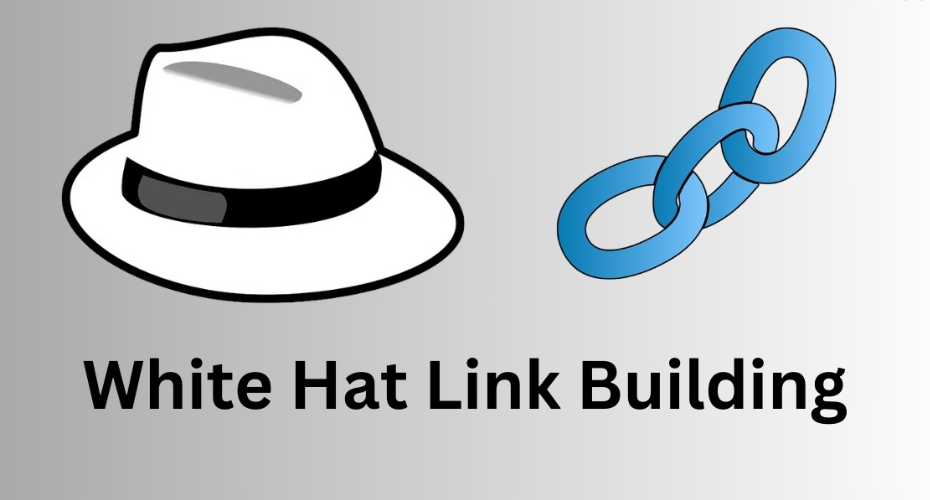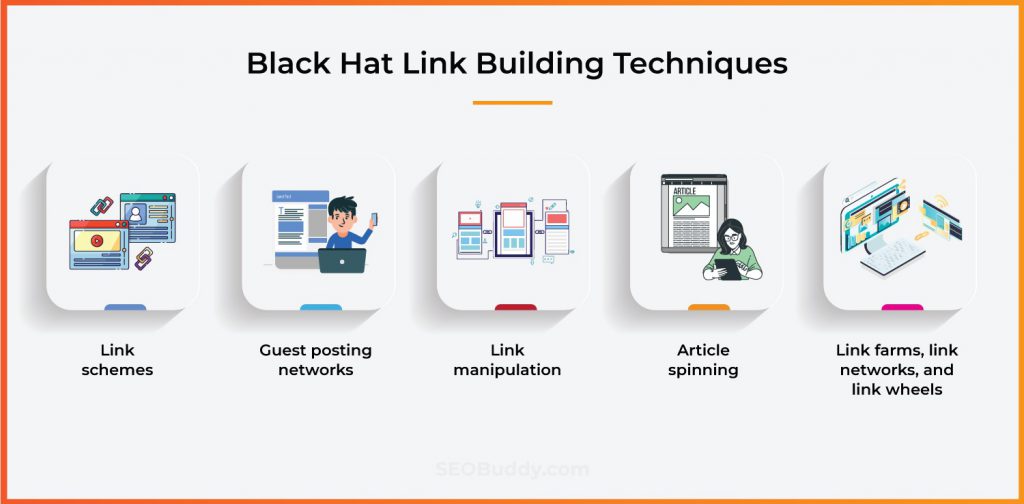In the vast landscape of digital marketing, search engine optimization (SEO) remains a cornerstone for businesses aiming to enhance their online presence. Among the myriad strategies that contribute to SEO success, white hat link building techniques stand out as sustainable methods that foster genuine growth and visibility in search engine rankings. Unlike black hat techniques, which often lead to penalties and short-lived gains, white hat strategies emphasize ethical practices that align with search engine guidelines. This article delves into the world of white hat link building, exploring its importance, techniques, challenges, and best practices, while also addressing common misconceptions and questions associated with the topic.
Understanding White Hat Link Building
White hat link building refers to the ethical process of acquiring hyperlinks from other websites to your own, which can significantly enhance your site’s authority and visibility. The term “link building” encompasses various methods aimed at increasing the number of high-quality inbound links to your website, ultimately improving your site’s search engine rankings.
Link building is vital for SEO because search engines, like Google, use links as a primary factor in determining the relevance and authority of a website. Quality links from authoritative sites signal to search engines that your content is valuable and trustworthy, thereby enhancing your site’s reputation.
Why Link Building Matters for SEO
The significance of link building cannot be overstated. Here are a few reasons why it matters:
- Enhanced Authority: Quality backlinks from reputable sites signal credibility and expertise, boosting your site’s authority.
- Increased Visibility: More backlinks lead to higher search engine rankings, increasing organic traffic to your website.
- Referral Traffic: Links from other sites can drive direct traffic to your website, broadening your audience reach.
- Building Relationships: Engaging in white hat link building fosters connections with other industry leaders and influencers.
Common Misconceptions about Link Building
Despite its importance, several misconceptions surround link building that can mislead businesses. Here are some of the most prevalent myths:
- More Links Equal Better Rankings: While quantity can be beneficial, the quality of links is far more critical. A few high-quality links often outweigh numerous low-quality ones.
- All Links Are Equal: Not all links provide the same value. Links from authoritative, relevant sources carry more weight than those from less reputable sites.
- Link Building is a One-Time Effort: SEO, including link building, is an ongoing process. Continuous effort is necessary to maintain and improve rankings.
White Hat Link Building Techniques
1. Content Creation and Promotion
One of the most effective white hat link building techniques involves creating high-quality, informative content that naturally attracts backlinks. This method relies on producing valuable resources that others want to reference.
Examples:
- Infographics: Visually appealing and informative infographics can garner interest and backlinks from blogs and websites that find the data valuable.
- Research Studies: Original research can provide unique insights that other websites want to reference, creating opportunities for links.
- How-to Guides: Comprehensive guides that address common questions or challenges in your industry can become go-to resources, attracting backlinks over time.
2. Guest Blogging
Guest blogging involves writing articles for other websites in exchange for a backlink to your site. This technique not only helps build links but also enhances your brand visibility and authority within your niche.
Best Practices for Guest Blogging:
- Choose Relevant Sites: Ensure the websites you guest blog for are relevant to your industry and have a good reputation.
- Provide Value: Create high-quality, original content that provides value to the readers of the host site.
- Engage with the Audience: Respond to comments and engage with readers to foster relationships and encourage further backlinks.
3. Resource Page Link Building
Resource pages are curated lists of links on a specific topic. By reaching out to the administrators of these pages and suggesting your content, you can secure valuable backlinks.
Steps:
- Identify Relevant Resource Pages: Use tools like Ahrefs or Moz to find resource pages related to your niche.
- Create Compelling Outreach Messages: Personalize your outreach to increase the likelihood of your content being included.
- Follow Up: If you don’t receive a response, a polite follow-up can often lead to success.
4. Social Media Engagement
Leveraging social media platforms can amplify your link building efforts. Sharing your content on social media increases its visibility and the potential for others to link to it.
Strategies:
- Engage with Influencers: Share your content with industry influencers who might find it valuable. Their endorsement can lead to links.
- Join Relevant Groups: Participate in social media groups and forums related to your industry. Share your insights and link to your content where appropriate.
5. Building Relationships with Influencers
Collaborating with influencers can enhance your link building efforts. When influencers share your content or provide a backlink, it can lead to increased authority and traffic.
How to Engage with Influencers:
- Identify Relevant Influencers: Research industry leaders whose audience aligns with your target demographic.
- Create Meaningful Connections: Engage with them through comments, shares, and direct messages to build rapport.
- Offer Value: Propose collaborations that offer mutual benefits, such as co-creating content.
6. Local Business Citations
For businesses with a local presence, building citations on local directories can enhance visibility and authority. Ensure that your business information is consistent across all platforms to improve your chances of being found.
Citation Opportunities:
- Local Business Directories: List your business on platforms like Yelp, Yellow Pages, and Google My Business.
- Chamber of Commerce Websites: Joining local chambers can provide valuable backlinks and credibility.
7. Skyscraper Technique
The Skyscraper Technique is a popular link building strategy where you identify popular content in your niche, create something even better, and then reach out to those who linked to the original piece to promote your superior content.
Steps:
- Identify Successful Content: Use tools like Buzz Sumo to find content with high engagement and backlinks.
- Create Superior Content: Ensure your content is more comprehensive, visually appealing, or updated.
- Outreach: Contact those who linked to the original content and introduce them to your improved version.
Measuring the Success of Your Link Building Efforts
To determine the effectiveness of your white hat link building techniques, it’s essential to measure key performance indicators (KPIs). Some useful metrics include:
- Domain Authority (DA): Use tools like Moz to track changes in your site’s authority.
- Organic Traffic: Monitor your website’s traffic using Google Analytics to see if it increases following link building efforts.
- Backlink Quality and Quantity: Regularly audit your backlinks to ensure they are from authoritative sources.
Challenges in White Hat Link Building
While white hat link building offers sustainable benefits, it is not without challenges. Here are some common hurdles businesses may face:
- Time-Consuming Process: Building quality links takes time and effort, requiring ongoing commitment.
- Competition: High-quality links are in demand, leading to increased competition for valuable placements.
- Changing Algorithms: Search engines frequently update their algorithms, which can impact the effectiveness of certain link building techniques.
Conclusion
In the realm of SEO, white hat link building techniques play a crucial role in fostering sustainable growth and authority. By focusing on ethical practices that prioritize quality over quantity, businesses can build meaningful relationships, enhance their online presence, and drive organic traffic. The strategies outlined in this article, including content creation, guest blogging, and influencer engagement, provide a comprehensive approach to link building that aligns with search engine guidelines.
As the digital landscape continues to evolve, staying informed and adaptable will be key to successful link building. By addressing common misconceptions, measuring success, and overcoming challenges, businesses can navigate the complexities of SEO with confidence and integrity. Embracing these white hat techniques will not only bolster search engine rankings but also foster a trusted online presence that resonates with audiences and promotes long-term success.









